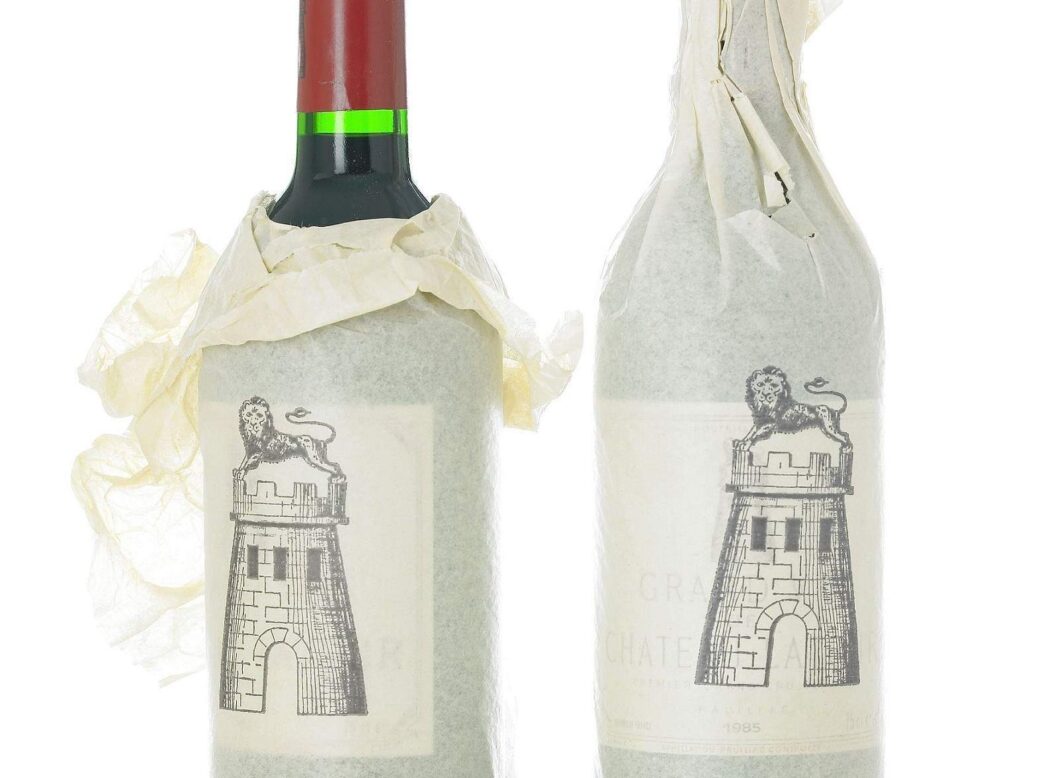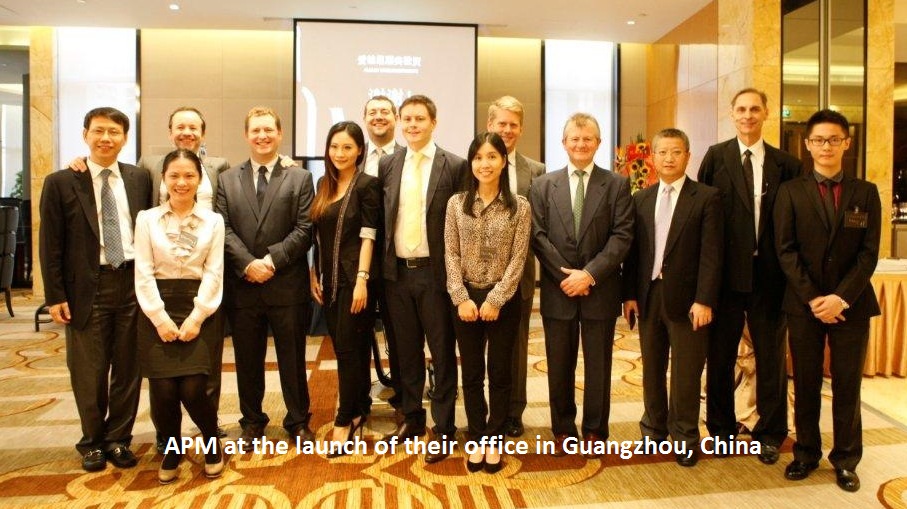
On paper it seems such a good idea. Certainly wine investment proved itself a sure-fire way to beat the stockmarket over the last decade, with (notwithstanding the odd economy related blip) seemingly unstoppable price ascension moving inexorably upwards to the embarrassment of many ‘traditional’ investments.
Investors enjoy the comfort of owning a tangible asset, safely tucked away in a tax efficient bonded warehouse, which appreciates in value as it gets older and therefore rarer and more desirable. Whilst perhaps once considered a little left-field, today wine investment is seen as a perfectly viable, liquid (excuse pun) investment with a booming global secondary market. What’s to not like?
So why don’t more people do it?
Perhaps the answer lies in the fact that, in real terms, the wine investment market is embryonic. Doubtless the sales spiel about the landed gentry of yester-year buying more than they needed so that they could flog a little for a profit and drink the rest for free holds some pips of truth, but in its modern, more hard-nosed form, wine investment has barely been on the scene two decades. In fact, reliable data – most notably offered by Liv-ex; wine’s largest trade-to-trade online platform – is only available from 2001. Prior to that, statistics appear to have been plucked out of thin air.
In consequence, the wine investment market remains markedly inefficient. Information proffered to investors is all too often poor or, worse, misleading and bid/offer spreads can be crippling largely due to the dominance of the major merchants. By definition, these merchants source as cheaply and sell as expensively as possible in order to maximise profit: a disaster for the investor, with as much as a 30% difference between “bid” and “offer”
The new breed of wine investment companies that have sprung up to fill the gap might seem like a welcome evolution. But the trouble is it’s still the merchants by merit of their unrivalled access to producers and distributors who control the price, not these investment houses. And so these budding businesses tend to have little true market penetration and are in reality every bit the slave to the merchant bid/offer as the investor. Worse still, the unregulated nature of the market allows those with little or no investment (or wine, for that matter) experience to promote themselves within these start-ups as ‘experts’.
But Philip Staveley − director of wine investment specialists APM Wine Investment, and former Head of Global Emerging Markets for Deutsche Bank and Nomura International – argues that it is precisely because of these inefficiencies, and not in spite of them, that the smart investment money should follow the grape:
“In the highly regulated and electronic world of the City, our analysts had a very challenging job to do – everybody knew what everybody else knew, so they could at best be expected to give us a marginal edge. The wine market is much more fun; a return to the good old days where the analysts could isolate truly meaningful opportunities which gave their bank a significant advantage. Our research department here at APM does exactly that, but it’s only our customers who benefit, not the market as a whole”.
APM is seemingly in standalone territory in the wine investment world. Their business model explicitly looks at the inefficiencies that exist in the market today and turns them to its advantage, thus enabling the ambitions of the individual investor to be central to − rather than clash with − those of the business.

Their approach was to devise a client offering that enables investors to trade well within the merchant spread, allowing them to engage with their portfolios in a responsible manner, thereby engineering superior returns. There is no good reason why APM’s private client stockbrokerage approach should not work in the fine wine market.
Perhaps most importantly, APM is removing emotion from the process. What the wine tastes like is only one of a number of factors that needs to be considered when making important investment decisions. APM have created financial models to bring some of the rigour more usually associated with fund management to wine investment.
“We have found that there is a real demand for more analytical advice from those of us who have studied the wines in detail; their price movements, production levels, brand strength, relative value to peers etc. The models and tools we have developed are a great help in achieving greater accuracy in our clients’ portfolios” explains Staveley.
The specifics of APM’s proprietary algorithm are a closely guarded secret, but the rationale behind the model is perfectly straightforward: There are many target wines for investment, but how can you compare the potential return of, say, a 2003 Bordeaux to a 2009 Super-Tuscan, each sporting wildly different price tags? The answer according to APM lies in comparing the wines using shared, mathematically quantifiable factors.

There are many from the hidebound fraternity who would doubtless argue that such tools are academic; that there is no substitute for good ol’ fashioned expertise. APM certainly doesn’t dismiss the need for qualitative balance to their algorithm’s purely quantitative outputs – even the back office team are WSET qualified – but the results speak for themselves: the graph created by retrospectively applying the algorithmic model to the wines that constitute the Liv-ex 100 Index five years prior and selecting only that stock which only which hits APM’s target score documents a consistent and dramatic outperformance of the index – in excess of 60% improvement at the peak.

APM’s 2013 brochure may be requested here.




